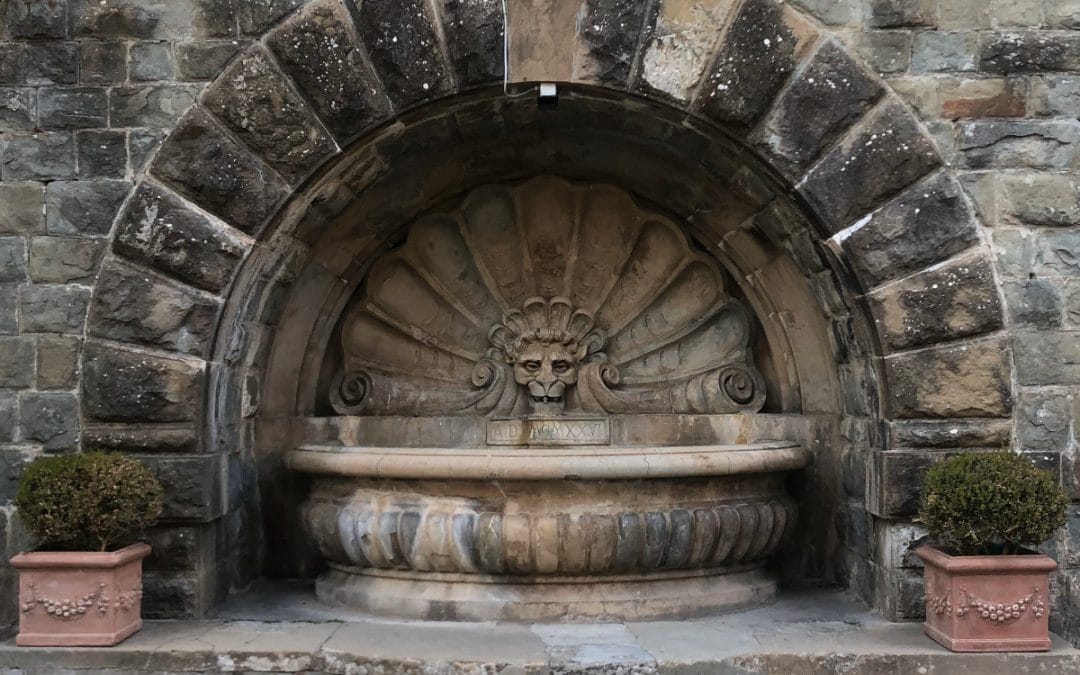
by Giulia | Nov 12, 2019 | The Chianti area with its castles
Radda in Chianti A place known for its evocative atmosphere and its marvelous landscapes Radda in Chianti is a spectacular medieval village enclosed by massive defensive walls, located on top of the hill that divides the valleys of Arbia and Pesa. To its typically...
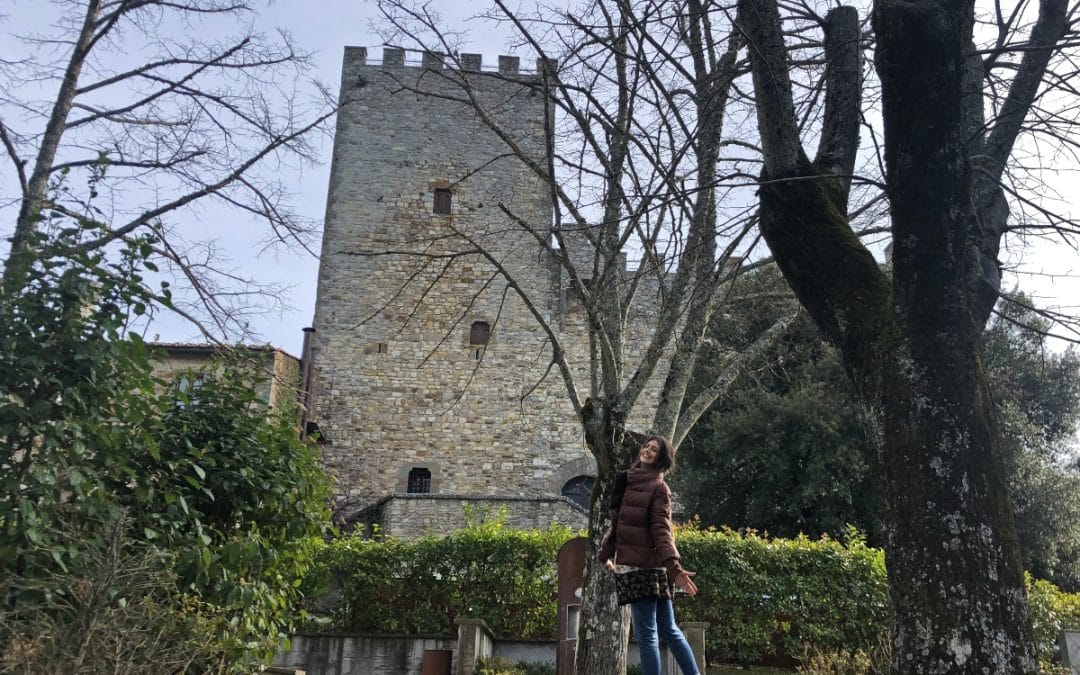
by Giulia | Nov 11, 2019 | The Chianti area with its castles
Castellina in Chianti Among woodlands, wildlife and Etruscan civilization The picturesque village still maintains the quadrilateral shape typical of the ancient medieval fortifications. The main fortification and the heart of the town is the ancient fortress, designed...
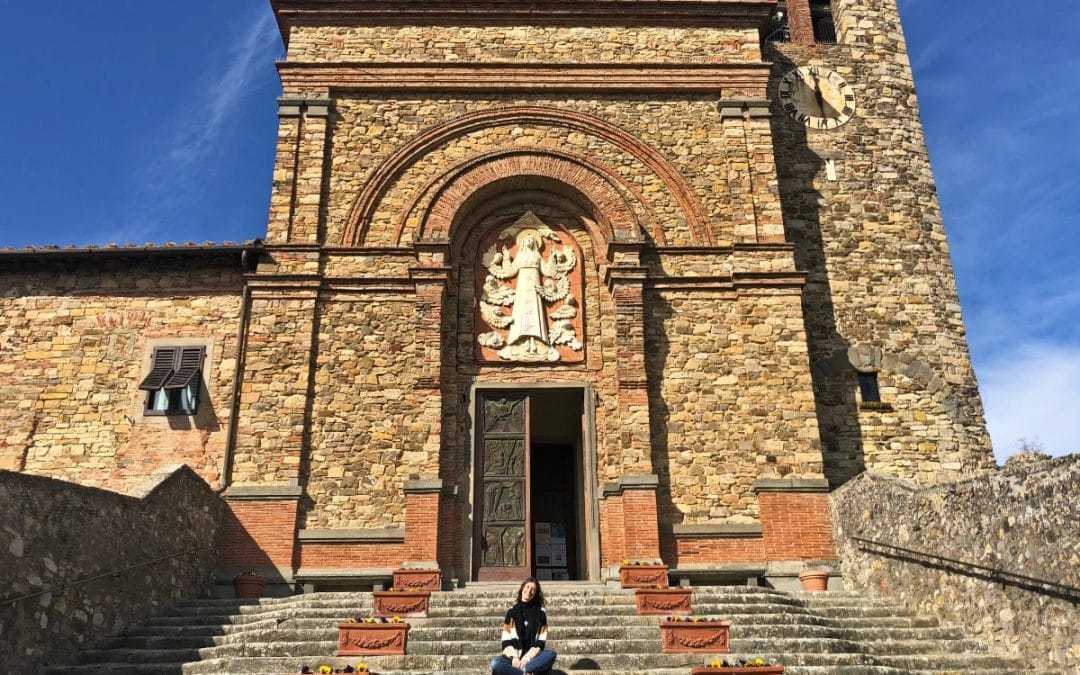
by Giulia | Nov 10, 2019 | The Chianti area with its castles
Panzano in Chianti Living in another era The Via Chiantigiana is one of the most seductive streets of Chianti Classico. It winds through rolling hills, villages, castles and wineries where you can taste the famous DOC wine. Panzano in Chianti is a quiet holiday resort...
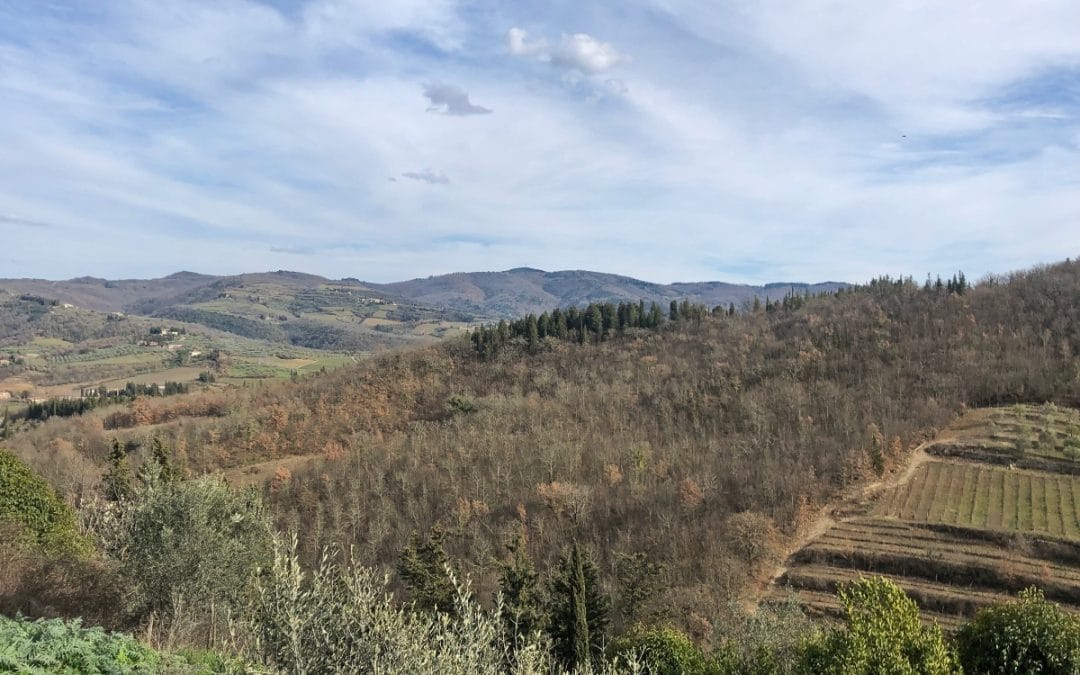
by Giulia | Nov 9, 2019 | The Chianti area with its castles
Greve in Chianti A paradise for lovers of greenery The history of Greve in Chianti is strongly connected with the beautiful Castle of Montefioralle, located above the city. This small fortified village is a real jewel, where you will find yourself walking along narrow...
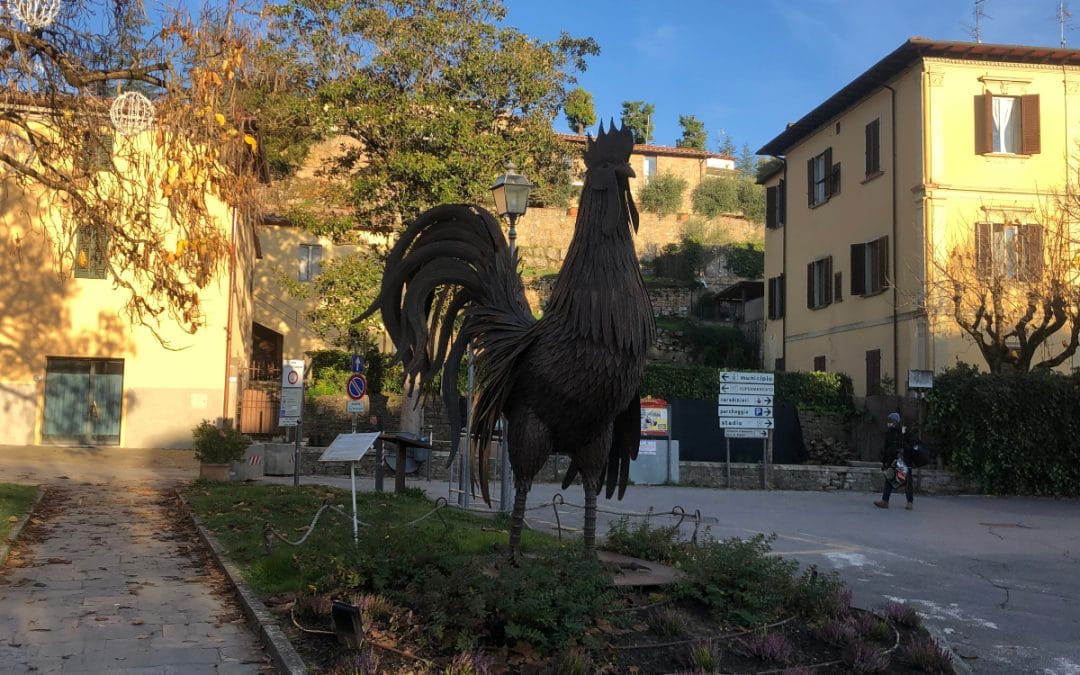
by Giulia | Nov 7, 2019 | The Chianti area with its castles
Gaiole in Chianti A market town for castles and surrounding areas Gaiole in Chianti in the past was a city busy with local traffic, but after the end of the conflicts between Florence and Siena, it turned more towards agriculture, strengthening its position as a...
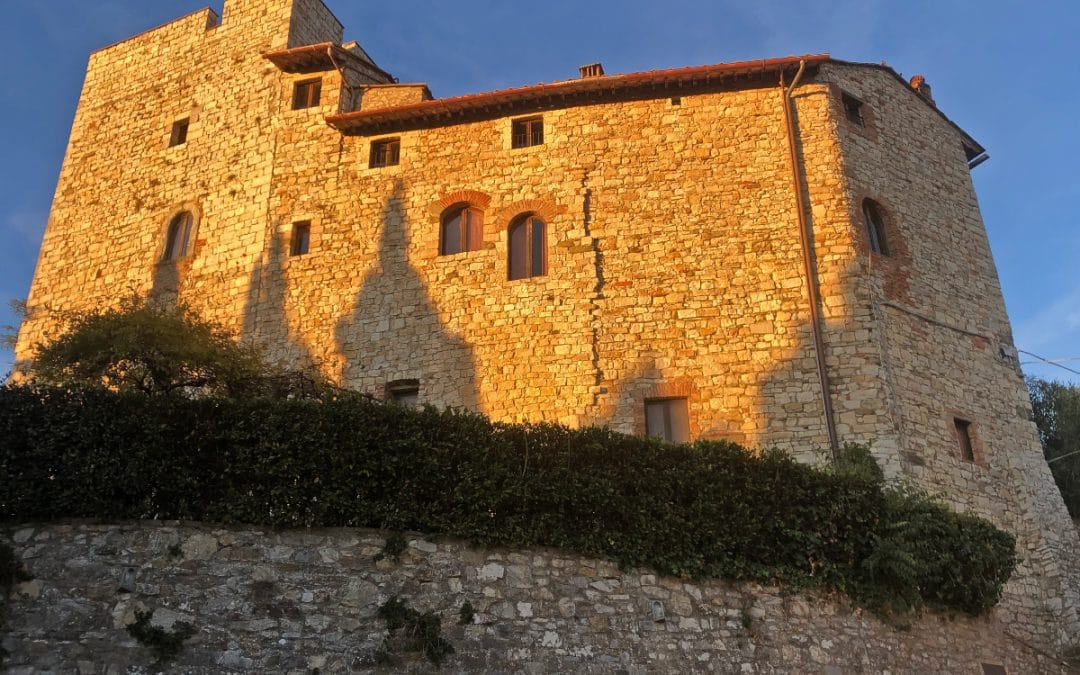
by Giulia | Nov 6, 2019 | The Chianti area with its castles
Vertine Fortified oasis in the Chianti mountains Vertine is one of the best preserved examples of military architecture in Chianti and more precisely in the municipality of Gaiole. The excellent condition in which it is located today, especially the castle with its...







